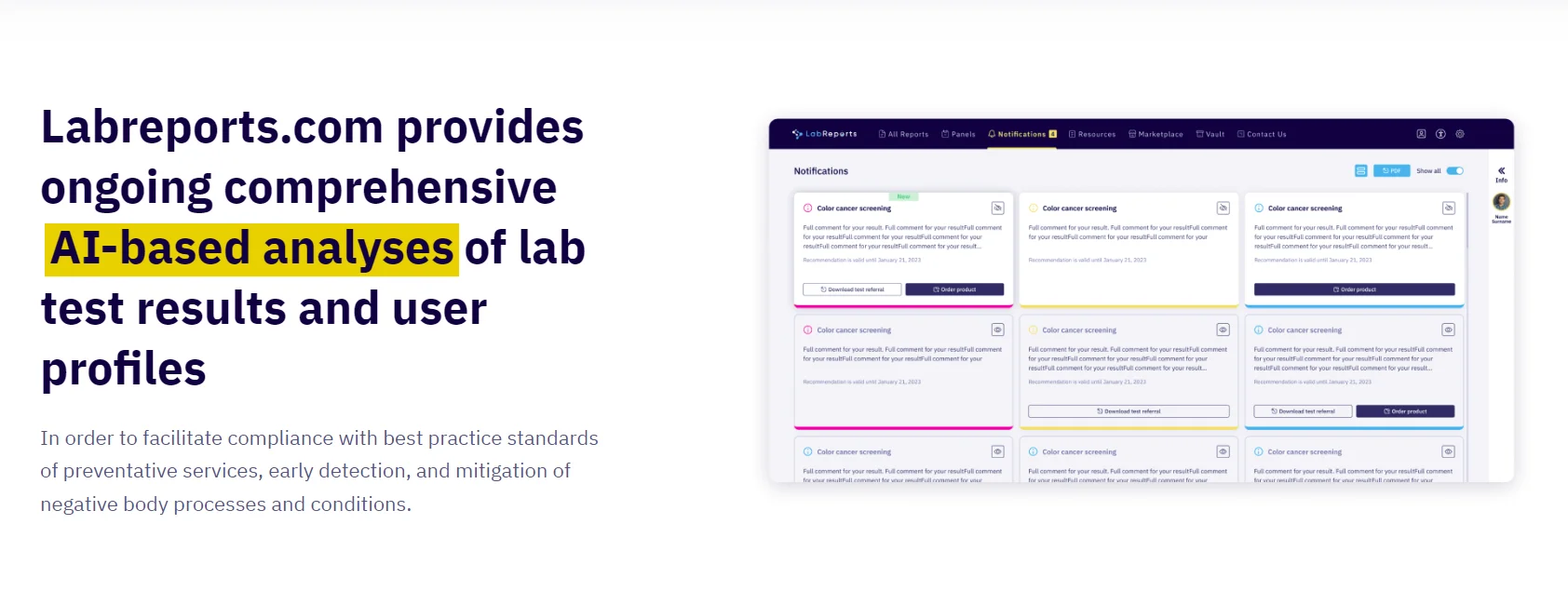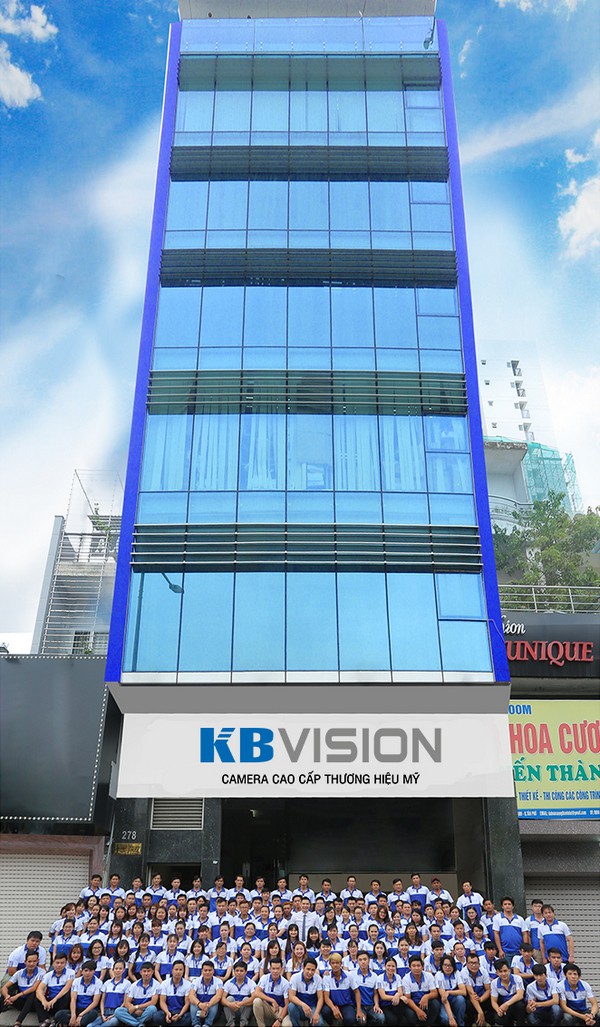Software development
Setting up a CI CD pipeline by integrating Jenkins with AWS CodeBuild and AWS CodeDeploy AWS DevOps Blog
NỘI DUNG TRANG
You should use Jenkins if you are looking to accelerate your Software Development Lifecycle (SDLC). Jenkins allows you to integrate building, deploying and testing onto various environments, while reducing wait times for your development teams. Finally, because it allows you to continuously integrate, Jenkins is well-suited for DevOps and agile methodologies that use quick iteration cycles. Let us do discuss the necessity of this tool before going ahead to the procedural part for installation. Nowadays, humans are becoming lazy day by day so even having digital screens and just one click button in front of us then also need some automation. Here, I’m referring to that part of automation where we need not have to look upon a process(here called a job) for completion and after it doing another job.
This Plugin allows projects to run xvnc during a build. This allows for example to run tests which require a display to run on a virtual display. To use this Plugin you need to connect once to your vncserver on the https://www.globalcloudteam.com/ command line to provide a password. The following example polls the Git repository every 15 min. It triggers a build, if something has changed in the repo. The build of a project is handled via jobs in Jenkins.
dotnetClean: .NET: Clean project output (clean)
This option allows you to redeploy your project’s changes automatically. Alternatively, instead of polling on a fixed interval, you can use a URL trigger (described above), but with /polling instead of /build at the end of the URL. This makes Jenkins poll the SCM for changes rather than building immediately.
- Important to understand is the relationship between a Jenkins Server and its agent nodes.
- For more information, see Plan a Revision for AWS CodeDeploy.
- This means your SSH keys were recognized and validated against the stored users but the username is not valid for the security realm your application is using at the moment.
- You’ve also created a build script that automatically runs when Jenkins downloads a new version of your code and set up build triggers to automate web deployments.
- Jenkins is a tool that is used for automation, and it is an open-source server that allows all the developers to build, test and deploy software.
- A menu will open on the right that lets you specify a name and what steps you want to perform.
Anaconda’s Python will live in a cozy, temperature controlled Microsoft Azure environment. The rationale for doing so is that this keeps Excel users from having to manage the potential complexity of Python configuration on a local machine. As you can see, matrix-based security gives you ultra fine-grain control over what your users have access to, giving you multiple ways to secure your system. We recommend enabling LDAP or SSO, which allows you to use a shared corporate service to validate users. Users can log into Jenkins with their usual company login credentials.
Learn About AWS
The scripts folder contains the scripts that you would like to run during the CodeDeploy LifecycleHooks execution with respect to your application requirements. For more information, see Plan a Revision definition of Jenkins for AWS CodeDeploy. In this example, the application files are the templates directory, test_app.py file, and web.py file. To test the whole solution, put an application on your GitHub repository.
Jenkins uses the AppSpec file to manage each deployment as a series of lifecycle event “hooks”, as defined in the file. For information about how to create a well-formed AppSpec file, see AWS CodeDeploy AppSpec File Reference. Jenkins Pipeline (or simply “Pipeline” with a capital “P”) is a suite of plugins
which supports implementing and integrating continuous delivery pipelines into
Jenkins. One of the most common and useful CLI commands is build, which allows the
user to trigger any job or Pipeline for which they have permission.
Setting Up an Admin User
For a list of other such plugins, see the
Pipeline Steps Reference
page. More information on sizing controllers based on organizational needs can be found in
the Architecting for Scale section. Sizing a Jenkins environment depends on a number of factors, which makes it a
very inexact science. Achieving an optimal configuration requires some
experience and experimentation.
The buildspec.yml file is a collection of build commands and related settings, in YAML format, that CodeBuild uses to run a build. You can include a build spec as part of the source code, or you can define a build spec when you create a build project. The functioning pipeline creates a fully managed build service that compiles your source code. It then produces code artifacts that can be used by CodeDeploy to deploy to your production environment automatically. In this post, I explain how to use the Jenkins open-source automation server to deploy AWS CodeBuild artifacts with AWS CodeDeploy, creating a functioning CI/CD pipeline. When properly implemented, the CI/CD pipeline is triggered by code changes pushed to your GitHub repo, automatically fed into CodeBuild, then the output is deployed on CodeDeploy.
Setting up the project
If you are building a production server, you may want to consider using a different method from the one shown, but the easiest way to install Jenkins is with a package manager. The hope is that easy access to Python will let Excel users create more sophisticated visualizations, data manipulation, analytics, and machine learning models with their spreadsheet data. Microsoft has added support for running Python code from within Excel, bringing the world’s most popular programming language, by some measures, to the world’s most popular spreadsheet.
The page redirects to your project’s configuration page. The page redirects to a form where you’ll configure the new credentials shown in the next step. Now, on the System page, hover your mouse over the Global credentials (unrestricted) option to display the drop-down menu and click on the arrow down icon.
Methods inherited from interface hudson.security.AccessControlled
On completion, Jenkins should report that you have successfully deployed a web application. You can also use your ELBDNSName value to confirm that the deployed application is running successfully. Be aware that both stages and steps (above) are common
elements of both Declarative and Scripted Pipeline syntax. Also, a node block is a
key part of Scripted Pipeline syntax. Also, a pipeline block is a
key part of Declarative Pipeline syntax. There are a number of common problems that may be experienced when running the
CLI client.
This demo uses Git as the source code manager for the sample project hosted on GitHub that you forked earlier. Paste the GitHub repository URL from your GitHub account to the Project url field below. Jenkins is a self-contained, open source automation server which can be used to
automate all sorts of tasks related to building, testing, and delivering or
deploying software. Configuring a machine to act as an agent inside your infrastructure can be tedious
and time consuming. This is especially true when the same set-up has to be
replicated on a large pool of agents. Because of this, is ideal to have fungible
agents, which are agents that are easily replaceable.
1. Installing the Jenkins server on Ubuntu
Jenkins allows to execute a predefined list of steps, e.g. to compile Java source code and build a JAR from the resulting classes. The trigger for this execution can be time or event based. In Jenkins, a user creates job(s) which is typically a configuration for running autonomous tasks.










